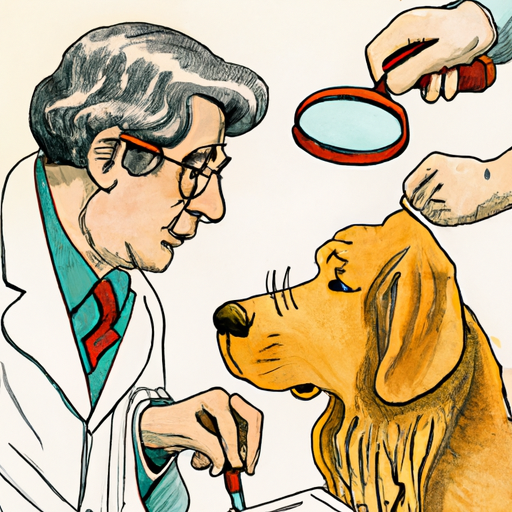Understanding Your Dog’s Ears
Your dog’s ears are a complex system designed to detect sound, but they are also prone to various health issues. One such issue is yeast infections, which can be quite common in dogs. Unlike human ears that are more vertical, your dog’s ears are more horizontal, creating a warm, moist environment that yeast loves.
The ear is made up of three sections:
- The outer ear: This is the part you can see and clean.
- The middle ear: This is where the ear drum is located.
- The inner ear: This contains the sensitive parts that help your dog balance and hear.
Yeast, a type of fungus, is usually present in small amounts in your dog’s ears. However, when the conditions are right, this yeast can overgrow, leading to an infection.
Factors That Contribute to Yeast Overgrowth
Several factors can contribute to yeast overgrowth in your dog’s ears. Recognizing these factors can help you prevent future yeast infections.
- Allergies: Dogs with allergies, either environmental or food-related, are more prone to yeast infections.
- Moisture: Yeast thrives in a moist environment. Swimming, bathing, or humid weather can contribute to yeast growth.
- Ear structure: Dogs with floppy ears are more likely to develop yeast infections because their ear structure traps moisture.
- Underlying health issues: Conditions like hypothyroidism or an impaired immune system can make your dog more susceptible to yeast infections.
Symptoms of Yeast Infections in Dogs
If your dog has a yeast infection in their ears, they will likely show some of these symptoms:
- Scratching or rubbing the ears
- Redness and swelling
- A brown, yellow, or bloody discharge
- Odor from the ear
- Hair loss around the ear
- Changes in behavior such as irritability or depression
Treating Yeast Infections in Dogs
Your vet will likely prescribe an antifungal medication to treat the yeast infection. This may be in the form of drops, ointment, or oral medication. It’s important to follow your vet’s instructions closely and complete the full course of treatment.
In addition to medication, here are some things you can do at home to help your dog:
- Clean your dog’s ears regularly with a vet-approved cleaner.
- Keep your dog’s ears dry. After swimming or bathing, make sure to dry your dog’s ears thoroughly.
- If your dog has allergies, work with your vet to manage them.
Preventing Future Yeast Infections
Preventing yeast infections involves addressing the factors that contribute to yeast overgrowth. Here are some strategies:
- Keep your dog’s ears clean and dry.
- Manage underlying health conditions.
- If your dog has allergies, consider hypoallergenic food or environmental changes.
- Regularly check your dog’s ears for signs of infection.
FAQs
Q: Can a yeast infection in my dog’s ears spread to other parts of their body?
A: Yes, if left untreated, the yeast infection can spread to other parts of your dog’s body.
Q: How can I tell if my dog has a yeast infection or ear mites?
A: Both conditions can cause similar symptoms. Your vet can perform a simple test to determine the cause.
Q: Can I use human ear infection treatments on my dog?
A: No, human medications may not be safe or effective for dogs. Always consult your vet before using any medication.



